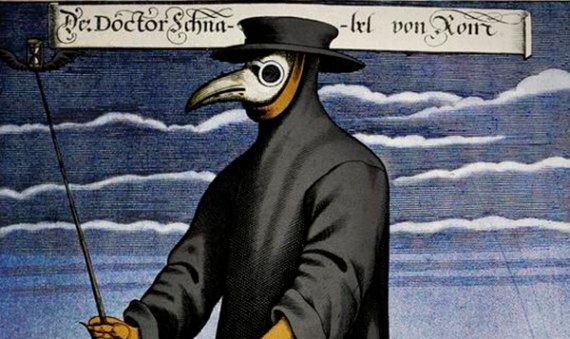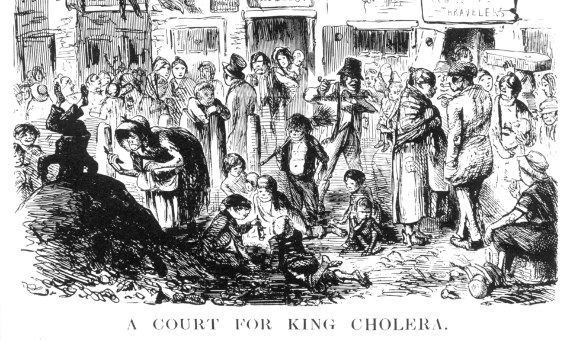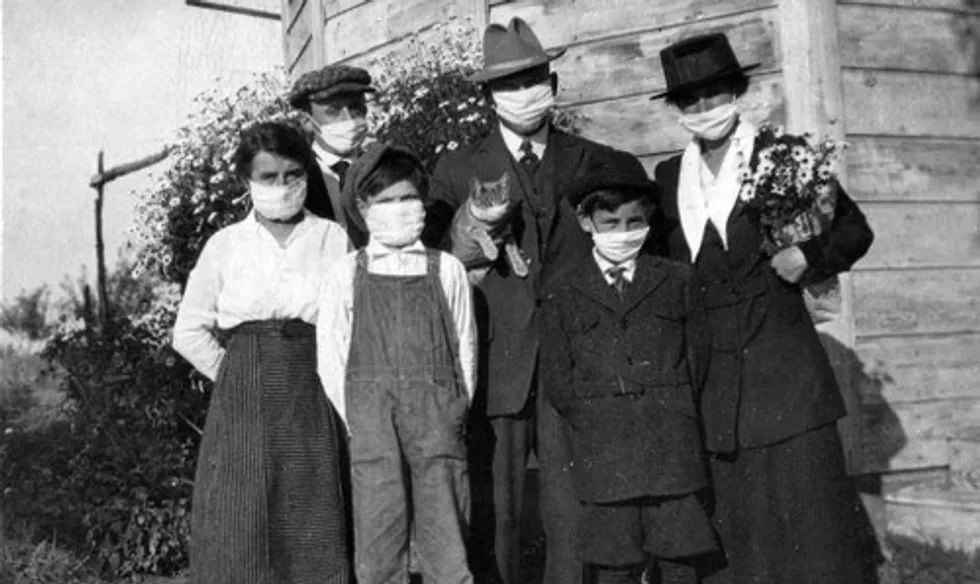2,500 years ago, a work attributed to Hippocrates was published under a title that is very familiar to us today: “Epidemic”. In it, the father of medicine reviewed different diseases that afflicted people at different times of the year. The ancient Greek physician wrote about the “Cough of Perinthus”, possibly a set of various ailments. By changing the meaning of a term previously used to describe one who is in his country (“epi” [on] plus “demos” [people]), Hippocrates and the cough of Perinthus left us the first legacy of an epidemic: how to refer to them. More than two millennia later, we still don’t know what the “new normal” will look like in the wake of the COVID-19 pandemic. But we will learn from it, as we have from other historical epidemics.
Speaking of lessons learned, it may be frustrating to admit that the best weapon we have in the 21st century to fight this new global pandemic is the same one used since ancient times: quarantine. Isolation of the sick is recorded as a measure against leprosy in the Old Testament, and was also practised in ancient Greece. It was during the epidemic of the Black Death in the 14th century that the concept emerged in its literal form: according to historical sources, in 1377, in the seaport of Ragusa (present-day Dubrovnik, Croatia), the authorities imposed a trentina (an Italian word derived from trenta, the number thirty), requiring ships to remain at anchor for 30 days before docking; for land travellers, the isolation period was 40 days, or a quarantina (from the Italian quaranta, or forty). As today, the measure was also criticized in the past as an “instrument of despotism” that harmed trade and business.
17th century biosecurity
With regard to the practice of avoiding contact with other people, which experts today continue to advise as being the best way to prevent contagion, better knowledge of infectious diseases and their causes has allowed us to move beyond the inhumane concept of leper colonies and dying places; we have learned to erect barriers that allow for the care of those infected while minimizing the risk to caregivers. As for modern personal protection equipment, we also find a famous precedent in the bubonic plague, the greatest infectious scourge in the history of humanity. In the 17th century, towns and cities devastated by the Black Death hired so-called plague doctors, whose mission was to try to eradicate the plague.

Although according to references many of these plague doctors had not even undertaken medical studies, a type of costume became popular among some of them, whose invention is attributed to Charles de Lorme, the chief physician of three French kings, who described it in writing in 1619. The most distinctive part of the costume was the bird-like beak mask, which has become a popular item for participants in the Carnival of Venice to wear. The mask’s raison d’être was erroneous, because the objective of its beak shape was for it to be stuffed with perfumes, straw and herbs to neutralize the supposed miasmas of the rotten air. But the rest of the equipment was quite reasonable: a long coat that fit into the mask, glasses to protect the eyes, and leather gloves and boots with the joints sealed with wax to avoid contagion —biosecurity, 17th century style.
In addition, many of the great hygienic-sanitary improvements we enjoy today have their origin in outbreaks of infectious diseases. In hospitals, surgeon Joseph Lister sterilized operating rooms and surgical procedures, and doctor Ignaz Semmelweis introduced something as simple as hand washing in the delivery rooms. And of course, vaccination is the stellar scientific advance born of epidemics. But in the mid-19th century, a new disease began to take hold in cities: cholera.
Cholera and the first conspiracy theories
According to historian Frank Snowden, author of Epidemics and Society: From the Black Death to the Present (Yale University Press, 2019), cholera was a product of the Industrial Revolution: overcrowding in large urban centres created unhealthy environments that did not exist in the former rural way of life, and facilitated the spread of this scourge that was transmitted by the faecal-oral route. Snowden explains that the nature of cholera as a class disease, since wealthy neighbourhoods enjoyed more hygienic conditions, led to the theory that this plague was a deliberate attempt to eliminate the most disadvantaged population, a clear precedent for the conspiracy theories associated with the current pandemic.

In that context, in 1854 the English physician John Snow, one of the founders of epidemiology, pinpointed the source of a cholera epidemic that was sweeping London’s Soho neighbourhood, linking it to a public water pump on Broad Street, the handle of which was removed. Nevertheless, without the crucial information that would come years later, Snow was unable to identify the cause of the cholera, but he did not believe in miasmatic theory. Following the successes in containing cholera, the water and waste sanitation we enjoy today began to be introduced into urban infrastructure. Chlorination of swimming pools is also associated with epidemics; in the early 20th century, the great spectre was polio, which spread devastatingly in summer from an unknown cause. Public swimming pools were closed or avoided for fear of contagion, until a study in 1946 showed that chlorination disabled the virus.
The change in social uses
Our social practices have also been linked to epidemics. According to historian Einav Rabinovitch-Fox, who studies the cultural and political evolution of clothing, the voluminous Victorian skirts had another purpose that is familiar to us today: social distancing. Although their purpose was social rather than sanitary, the historian suggests that they may have helped to contain the spread of disease.
What certainly did contribute to this was the avoidance of sharing the same cup with other people. As Katherine Foss relates in her forthcoming book Constructing the Outbreak: Epidemics in Media and Collective Memory (University of Massachusetts Press, 2020), in the late 19th century, German-American physician Sigard Adolphus Knopf observed that the then widespread custom of drinking from the same cup might be spreading tuberculosis. Acting on his advice, the New York City Health Department launched a campaign to discourage cup-sharing and worked to ban spitting in public places, instead promoting the use of spittoons that had to be cleaned regularly.

For their part, the face masks we now also use every day are a contribution that became popular during the largest pandemic of the 20th century: the 1918 flu. According to Laura Spinney’s book Pale Rider: The Spanish Flu of 1918 and How It Changed the World (Public Affairs, 2017), the influenza of 1918 also boosted public health in countries in which it was less developed, although in the West public disillusionment with the ineffectiveness of medicine to contain the pandemic led to a flourishing of so-called alternative medicines.
In short, many of our measures against the current pandemic are lessons learned from past epidemics. But even so, we have observed in this year 2020 that our prevention is still insufficient; we have also begun to understand, unfortunately, what the “new normal” will be. As Michael Ryan, the executive director of the World Health Organization’s Health Emergencies Programme, summed up prophetically in 2019, before the arrival of COVID-19: “We are entering a very new phase of high-impact epidemics… This is a new normal, I don’t expect the frequency of these events to reduce.”
By Javier Yanes for Ventana al Conocimiento
@yanes68
Comments on this publication